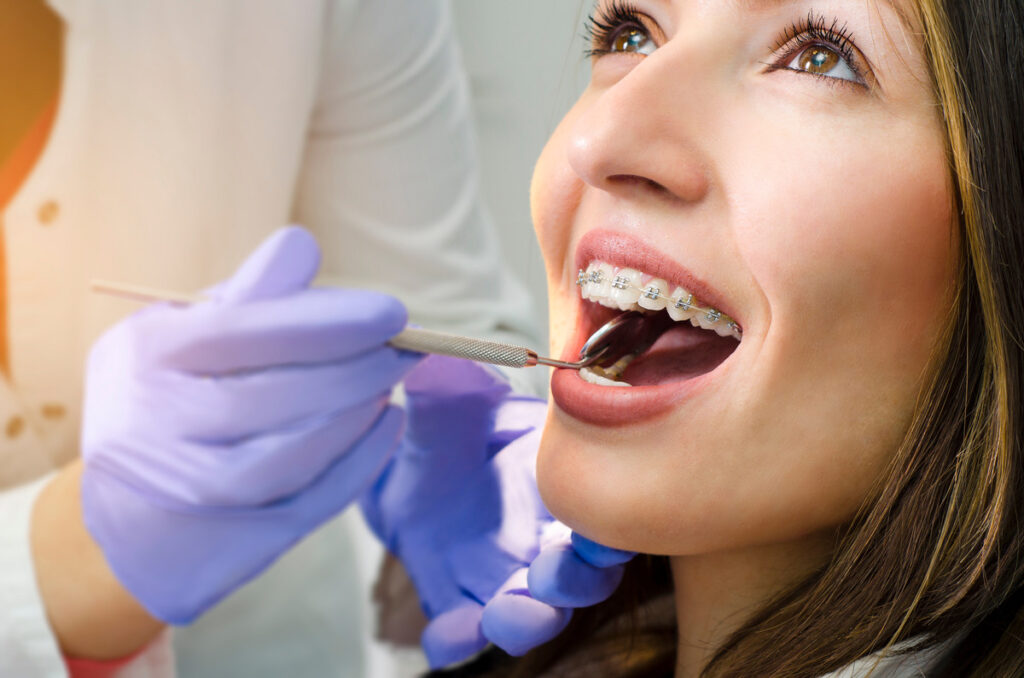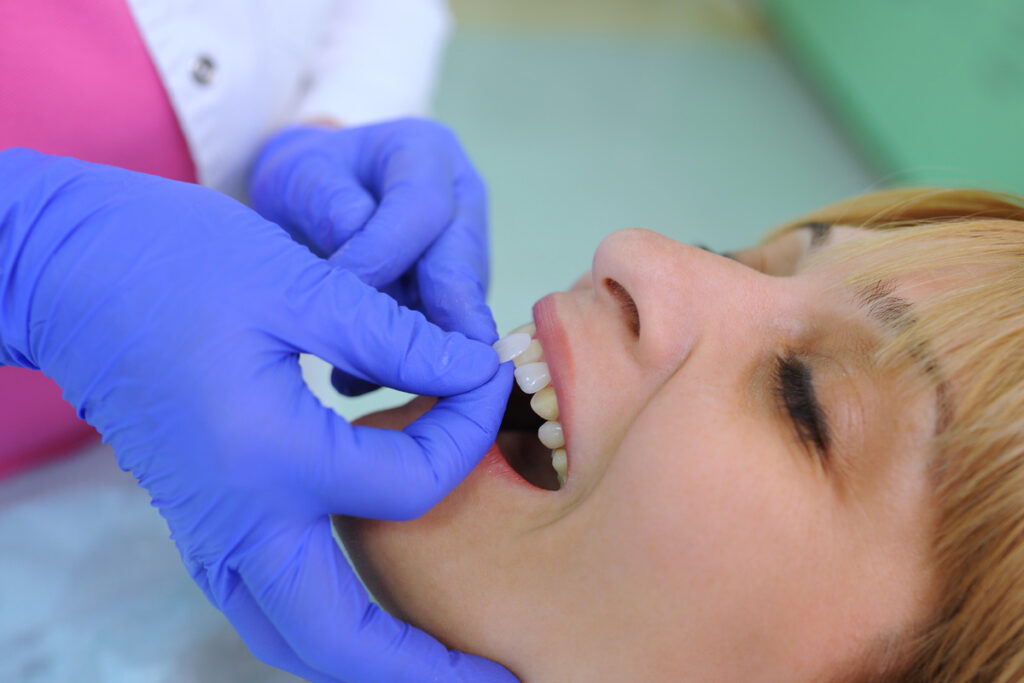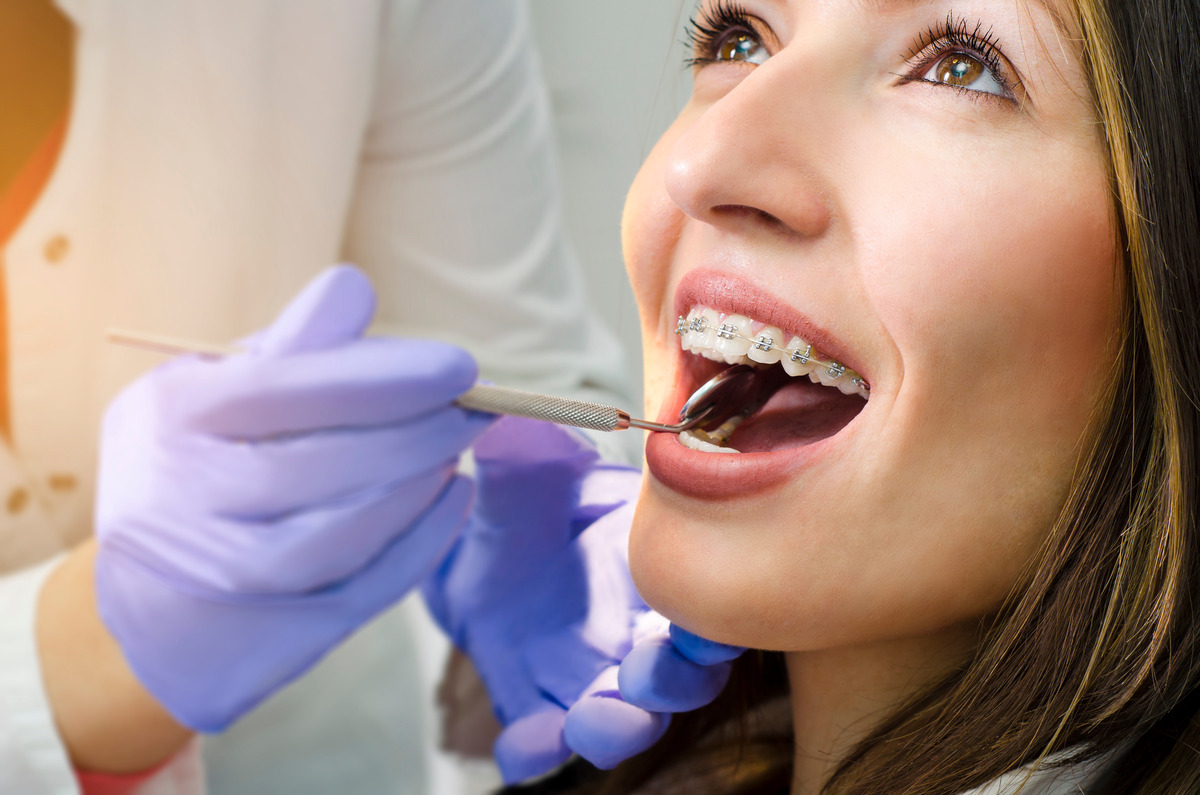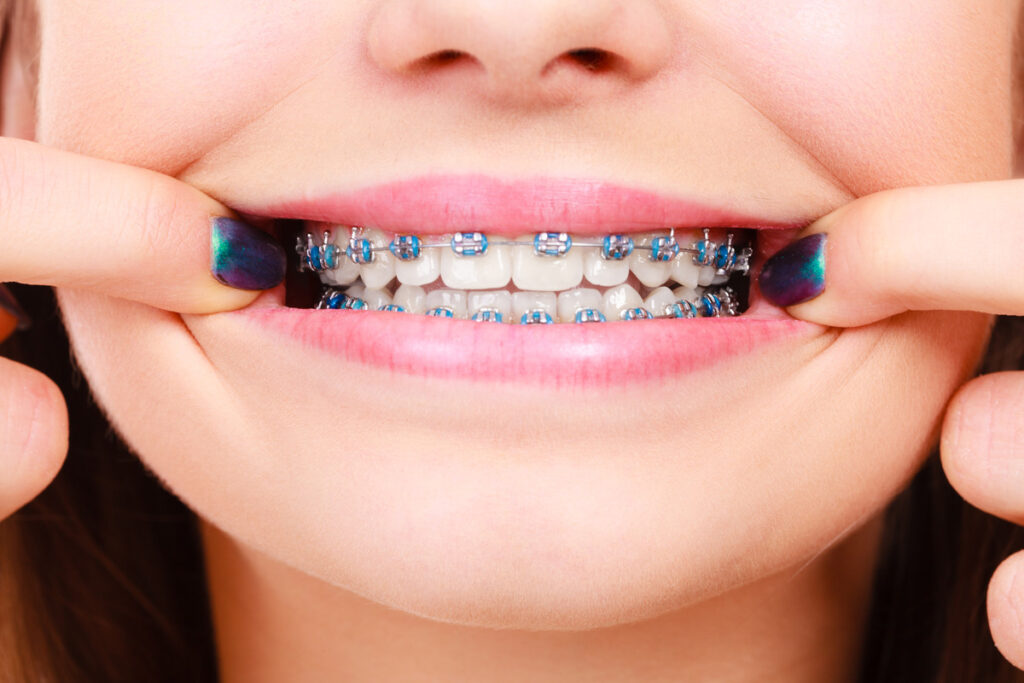Choosing between veneers and braces can feel like navigating a major decision in cosmetic dentistry. Veneers, often seen as quick-fix solutions, use thin porcelain shells to mask stains, chips, or gaps, offering an almost instant smile transformation. On the flip side, braces offer more than aesthetics—they tackle underlying alignment and bite issues, paving the way for long-term oral health.
It’s a classic choice: do you prioritize immediate cosmetic change or lasting health benefits? Let’s break down veneers vs braces to help you make a well-informed decision.
Table of Contents
Comparing Veneers Vs Braces
Understanding how veneers and braces serve different purposes, costs, aesthetic outcomes, and maintenance demands is critical to making the right choice.
Veneers are all about cosmetics, instantly transforming the color, shape, and minor misalignments of teeth. Although their initial cost can be higher, they offer immediate results, requiring moderate upkeep to maintain their look. On the other hand, braces aim to correct alignment and bite issues for improved oral health. Though braces take longer and vary in cost, they provide a permanent solution. Maintenance can be more intensive but leads to a gradual enhancement of the smile’s appearance.
Ultimately, the choice between veneers and braces depends on your unique dental needs and long-term goals.
| Feature | Veneers | Braces |
|---|---|---|
| Purpose | Cosmetic enhancement, quick improvement | Correcting alignment and bite issues for long-term health |
| Duration | Instant transformation in a few visits | Takes months or years, depending on complexity |
| Cost | Higher upfront cost | Varies significantly with treatment complexity |
| Aesthetic | Immediate transformation | Gradual, natural improvement |
| Maintenance | Moderate upkeep | Intensive care, regular adjustments |
Veneers: Ideal for Quick Cosmetic Fixes
Veneers are perfect for individuals seeking cosmetic enhancements like hiding stains, chips, or small gaps. They’re best suited for those looking for a fast, noticeable improvement in their smile without needing lengthy orthodontic treatment. However, healthy gums and enough enamel are essential to support veneers, making them durable yet requiring minimal tooth alteration.
Braces: The Path to Long-Term Correction
Braces are ideal for patients dealing with significant misalignment, overbites, underbites, or overcrowding. This option offers a permanent solution for those needing comprehensive orthodontic work, improving not just the smile’s appearance but also its functionality. Suitable for both kids and adults, braces promise a healthy bite for years to come.

Veneers: Pros and Cons
Pros:
- Quick aesthetic boost, perfect for whitening and evening out chipped teeth.
- Minimal invasiveness compared to extensive dental procedures.
Cons:
- Requires permanent enamel removal.
- Veneers may need replacement over time.
Braces: Pros and Cons
Pros:
- Long-lasting oral health benefits by correcting misalignment.
- Permanent results that help prevent future dental issues.
Cons:
- Visible, depending on the type of braces.
- Requires extra care and diet restrictions.

Making the Right Choice for You
When deciding between veneers and braces, consider your long-term dental goals. Do you want to enhance your smile’s appearance quickly, or are you seeking to fix significant alignment issues for better oral health? Veneers offer a swift, cosmetic solution, while braces provide a lasting correction that improves both aesthetics and function.
Consider Your Priorities
Before choosing, reflect on these questions:
- Is my primary goal cosmetic or health-related?
- How quickly do I want to see results?
- Am I prepared for the necessary maintenance and cost?
- How will this impact my long-term dental health?
Discussions in the Forums
https://www.quora.com/Are-veneers-a-better-option-than-orthodontics
https://www.quora.com/How-do-you-decide-between-braces-and-veneers
Should I skip Invisalign and jump straight to cosmetic veneers?
byu/mumtaz_888 inInvisalign
Schedule a Consultation
To make an informed decision between veneers and braces, scheduling a consultation is crucial. During this meeting, you can discuss your dental health, aesthetic goals, and any concerns you might have. An orthodontist will evaluate your specific situation, considering factors like the current state of your oral health and the alignment of your teeth.
The information provided in this blog is for educational and informational purposes only. It is not intended as a substitute for professional medical, dental, or healthcare advice. Always consult with a qualified healthcare provider for diagnosis, treatment, and answers to specific medical questions.

Dr. Cameron Hulse grew up in Southern Orange County, California. While in his own orthodontic treatment in high school, Dr. Hulse realized how much his new smile changed him and decided he wanted to improve other’s teeth and smiles. Dr. Hulse pursued his dream and completed a BS in Zoology at Brigham Young University. Then he was selected to attend the University of Southern California’s prestigious School of Dentistry where he received his D.D.S.. After Dental School, he switched coasts and completed his orthodontic residency at Jacksonville University where he received his CAGS.



